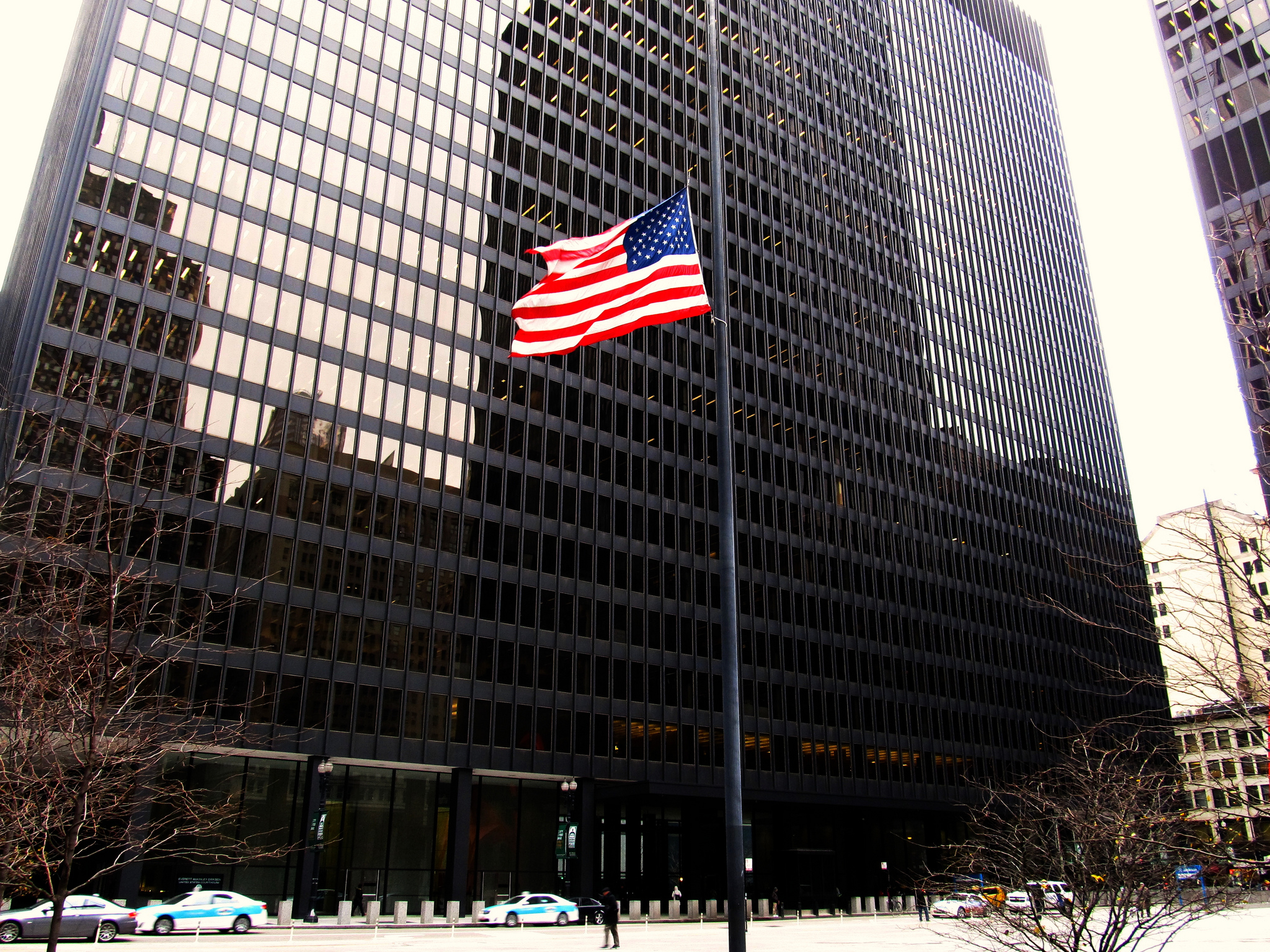Monday was World Intellectual Property Day, and Professor David Schwartz and I just published on op-ed piece in the Chicago Daily Law Bulletin on the impact of empirical research on IP. See the article below.

April 26, 2010 Volume: 156 Issue: 81
Challenging IP’s fundamental assumptions
By Christopher J. Buccafusco and David L. Schwartz
For centuries, intellectual property law has attempted to encourage people to create new inventions and works of authorship. It does this by granting inventors and authors exclusive rights to their creations for certain time periods. Yet, patent and copyright must strike a balance between incentivizing new works and protecting others’ opportunities to use and build upon those works. In doing so, IP law has long relied on a variety of untested assumptions about the way people — and especially creators and judges — behave. Some of these assumptions are based on the principles of classical economics, while others are simply common-sense intuitions. Recently, however, legal scholars have started putting these assumptions to the test. By combing through massive datasets and running laboratory experiments, scholars can apply social science methods to legal issues. Much of the empirical evidence suggests that some of IP’s most fundamental assumptions may require radical revision.
In the realm of copyright, for example, the law has long believed that some sort of formal, monopolistic protection is necessary to encourage people to create new works. If people cannot sue to prevent others from stealing their expressions, they won’t have the motivation to create in the first place. While this may be true for some fields, empirical studies of a variety of creative domains that lack formal IP protection have shown that law isn’t necessary for creativity. Cooking, fashion design, stand-up comedy, and fan fiction all lack significant legal protection, but they are all vibrant creative communities. In some cases, like cooking, chefs seem to have adopted informal norms about sharing and copying that function more efficiently than legal rules. When chefs create new and exciting dishes, they are rewarded by diners, critics and their peers. When they improperly steal dishes from others, informal networks both within the profession and online get the word out. In other cases, like the fashion industry, the inability to protect designs from knockoffs actually encourages designers to constantly create new looks. Accordingly, calls for expansion of formal copyright law into these fields are likely unjustified, and the law may be providing unnecessary and costly protection to works in other fields that would be created anyway.
Once authors, artists and inventors create their new works, IP law relies on them to make rational decisions to license their works to others who want to make use of them. Initial creators may not be in the best position to exploit their creations, so they will often license them to publishers, record companies or corporations for further development and production. The law, relying on classical economic theory, assumes that creators will rationally price their works so that others can pay fair value to use them. Accordingly, authors are granted strict property rules that enable them to set the price of access. Recent social science research has shown that economic assumptions about pricing one’s goods are often incorrect — owners of goods are subject to “endowment effects” that cause them to systematically overvalue things they own.
A new experiment by one of the authors suggests that these endowment effects may be even stronger for goods that are created by their owners. In the study, subjects wrote haiku poems that would be entered into a contest for $50. The poems’ authors insisted on being paid more than three times as much ($23) as potential buyers are willing to offer for their works ($7). These substantial differences in valuation suggest that many IP transactions simply won’t occur that otherwise should. In order to counter creators’ irrational demands, IP law may have to rethink its method for establishing and protecting legal rights. One possibility would be to allow the courts or government, rather than authors, to set the price of access to works through compulsory licenses.
In the patent world, most lawsuits in the United States are presided over by generalist trial court judges. Trial court judges often decide issues such as the precise metes and bounds of a patented invention. Notwithstanding this responsibility, these judges rarely if ever have a scientific background or training. Further, appeals from patent cases have been heard since 1982 by a quasi-specialized appellate court that sits in Washington, D.C. While the appellate judges on that quasi-specialized court hear numerous patent appeals, the majority of these judges also lack a scientific or technical background. There have long been complaints about non-technical judges deciding patent cases that affect innovators in important areas of the economy. Recent empirical studies by one of the authors bolster these complaints. After analyzing some of the complex patent issues confronted by judges, these studies find no evidence that general district court judges and administrative law judges of the International Trade Commission improve — as measured by reversal rates — as they gain more experience with patent cases. Consequently, evaluation of a more specialized and technical judiciary may be warranted.
Along with other studies on the psychology of creativity and the role of cognitive biases in IP adjudication, these empirical projects propose an important new grounding for IP law. The social costs of improperly created and maintained IP rights are too high for the law to continue to rely on untested theories and intuitions. The tools of the social sciences must be brought to bear on these issues.
©2010 by Law Bulletin Publishing Company.




Leave a Reply